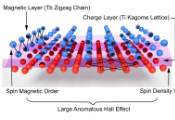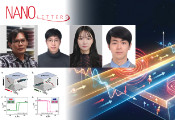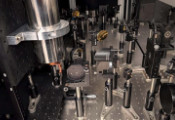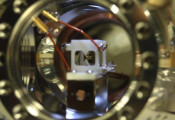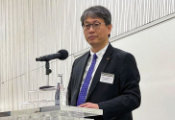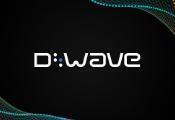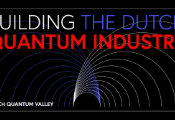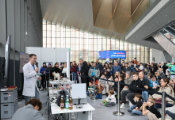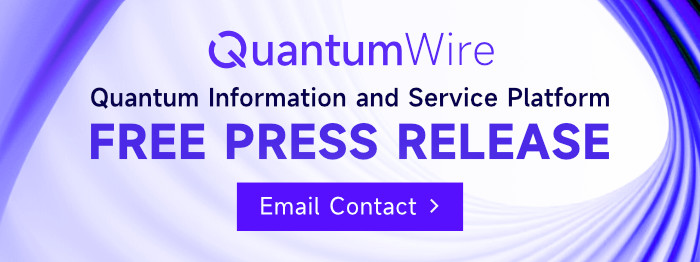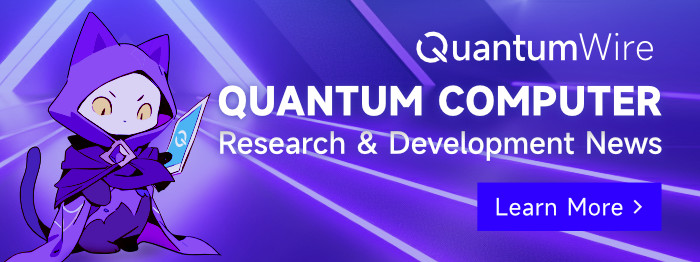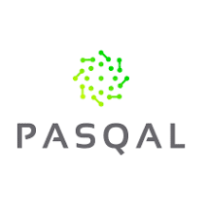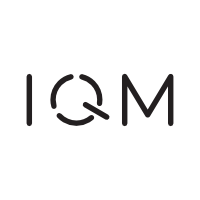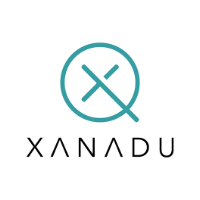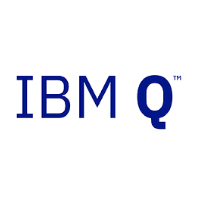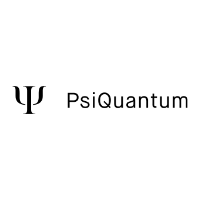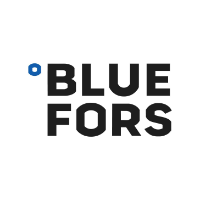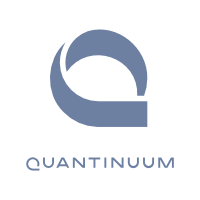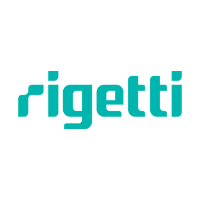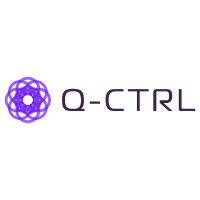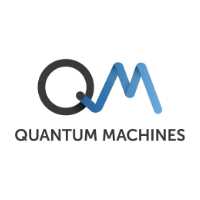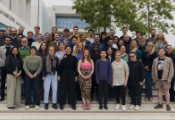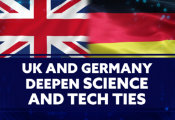Throwing Away Data Could Triple Quantum Comms Security
October 21, 2025 -- A new protocol for encoding quantum data, based on throwing data away, could improve security of quantum communications as much as threefold.
The technique, which was developed by ANU researchers, can be applied to any platform, even as post processing, said lead researcher Ms Ozlem Erkilic.
“What’s exciting about our approach is that it works entirely through software – you don’t need to rebuild hardware or buy new equipment."
"We can take existing quantum communication systems and immediately make them perform three times better, extending their range and making them work reliably even under challenging conditions like bad weather or in space,” said Ms Erkilic, who was a PhD student in the Department of Quantum Sciences and Technology (DQST) and the ARC Centre of Excellence for Quantum Computation and Communication Technology (CQC2T), before taking a new position at University of Queensland.
The research, published in Communications Physics, introduces a new approach to continuous-variable quantum key distribution (CV-QKD) – technology that uses the principles of quantum physics to enable safe quantum communications.
Quantum key distribution creates encryption keys by encoding information on quantum states of light, which are shared from one party to another. They provide unbreakable security because any attempt to intercept or eavesdrop on the transmission fundamentally alters the quantum states, alerting users to the presence of a security breach. Once an encryption key has been securely shared from a sender to a receiver it is then used to encrypt and decrypt a classical message.
However, existing quantum communication systems face significant practical challenges for real-world deployment, struggling with signal loss over long distances and performing poorly when environmental conditions change rapidly.
The team’s innovative solution combines two software filters that work together to optimize performance. One filter is applied by the sender and optimizes the quantum signal strength to match changing channel conditions by discarding certain signals. The second filter is applied by the receiver, who also discards certain measurements to simulate a higher-quality communication channel.
“Think of it like having smart noise-cancelling headphones that not only filter out background noise but also enhance the signal you want to hear,” said co-lead researcher Dr Biveen Shajilal, also from DQST and CQC2T and also affiliated with A*STAR Quantum Innovation Centre (Q.InC), Agency for Science, Technology and Research (A*STAR), in Singapore.
The filters are designed to ensure that any eavesdropper will not be able to access as much information as the sender and receiver. Reducing the amount of data sent can be an effective way to ensure any eavesdropper does not have access to a useful amount of data, while the receiver has the minimum necessary to extract the encryption key from the transmission.
The communication method uses lasers with information carried via quadrature modulations applied across the phase and amplitude using an electro-optic modulator.
The research group had successfully used post-selection of data to modify statistics in other quantum scenarios, and wanted to apply their techniques to the practical realm of quantum key distribution.
“It’s the art of applying probabilistic filters that modify the statistics in a way that emulates hardware, without actually having the need for the hardware,” said Dr. Jie Zhao from DQST and CQC2T.
The researchers developed a new security analysis tailored to their filtering approach, allowing them to precisely calculate how much information an eavesdropper could access. Their analysis showed that security is maximised when the sender applies a gentle Gaussian-shaped filter, while the receiver applies a complementary box-shaped filter, effectively tuning how much data is kept or discarded to achieve optimal performance.
Tests demonstrated that the protocol could extract secure encryption keys even from communication channels that would normally be considered too noisy or unreliable for quantum cryptography.
In laboratory tests, the researchers demonstrated their protocol on a simulated 29-kilometer optical link that initially had lowered security – meaning an eavesdropper could potentially access more information than the intended recipients. Their software protocol transformed this scenario into one that generated secure keys at rates matching the theoretical optimum.
The team also tested their approach on real experimental data from leading quantum communication demonstrations worldwide, showing consistent improvements across different systems and distances.
The protocol shows particular promise for satellite-based quantum communications, where rapid changes in signal quality due to atmospheric conditions have been a major obstacle.
Simulations of satellite-to-ground quantum communications showed the protocol could extend the communication window from 38 minutes to three hours during poor weather conditions – nearly a five-fold improvement. Under extreme conditions, it achieved up to 400 times better key rate than conventional methods.
With quantum computers potentially capable of breaking current internet security within the next decade, quantum key distribution represents a critical technology for protecting sensitive communications in finance, government, healthcare and other sectors, said group leader Professor Ping Koy Lam, formerly from DQWST and CQC2T, now at A*STAR.
“This research brings us significantly closer to practical, large-scale quantum communication networks. By making quantum cryptography more robust and efficient, we are helping to future-proof our digital infrastructure against the quantum computing revolution,” he said.
The research team included collaborators from A*STAR’s Quantum Innovation Centre in Singapore, Data61CSIRO and Quintessence Labs. The work was supported by the Australian Research Council Centre of Excellence for Quantum Computation and Communication Technology (CQC2T).


